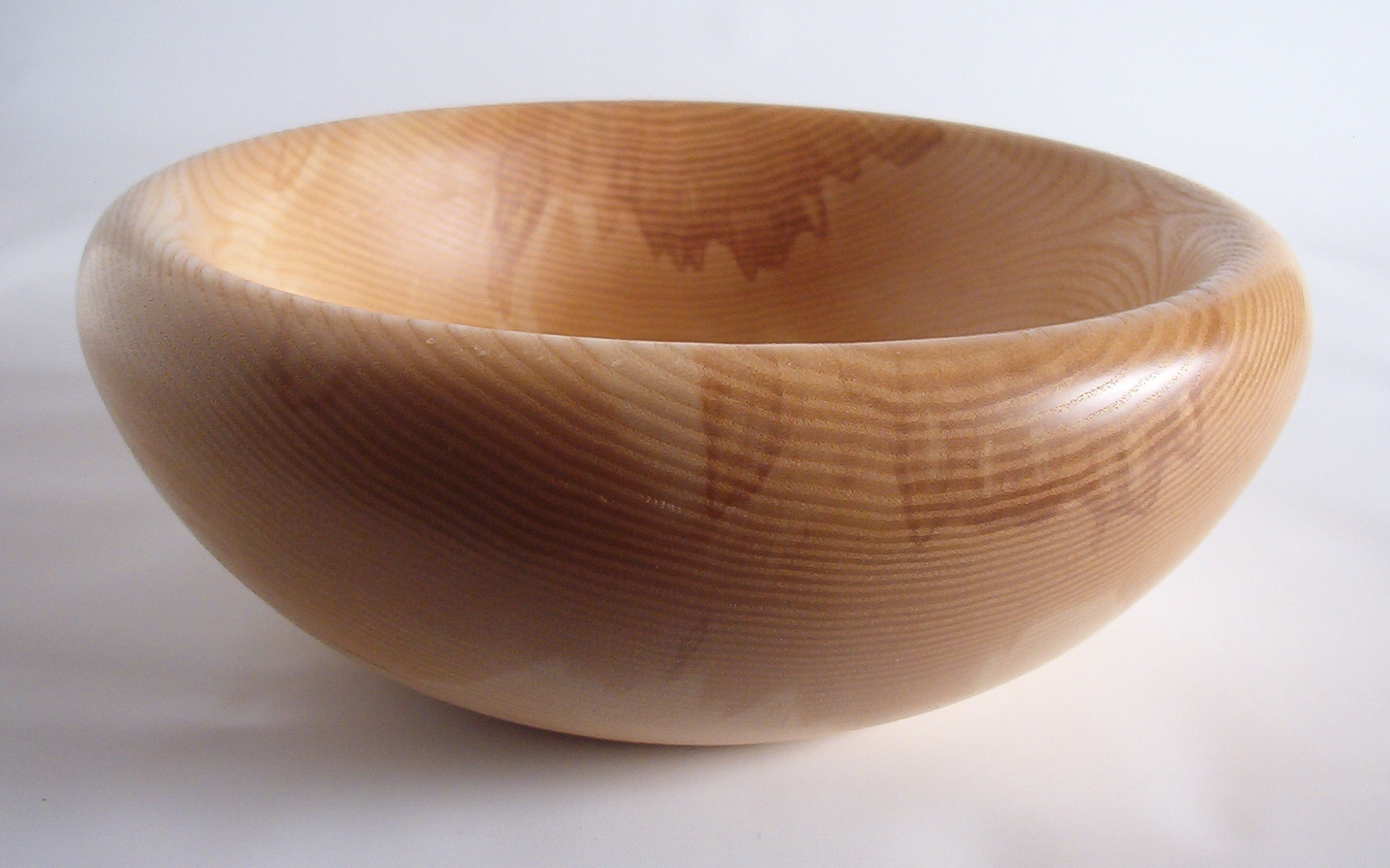One of the more common ways for people to come to a wood lathe is a woodworker expanding their skill set by wishing to turn legs for a table. This involves mounting a square length of wood to the lathe. Such a common skill requires only a few tips for success.
Assuming the lengths are truly square it remains to mount them to the lathe so that they are truly centered and secure. This is generally a mounting “between centers.”
There are two centers on a lathe, the head stock center or spur center and the tails stock center or tail center. The spur center has a point in the middle and two or four spurs surrounding it. The point keeps the wood from shifting and the spurs engage the wood so that the head stock can drive it.
Tail centers will be either solid or will have bearings mounted so that the center spins. Such a center is called a live center and is highly recommended. Solid or “dead” centers require a drop of oil from time to time to allow good motion of the wood on them. The mid point of tail centers sticks into the center of the wood and prevents it drifting under the pressure of turning.
The center of each end should be carefully found and marked. While there are various implements on the market for doing so, the easiest system is to hold the wood upright in the bench vise and draw lines between the diagonals. The lines cross at the center. Generally the ends of the square will not be seen as the table will obstruct them so the lines are not an issue. If they become one, sandpaper will quickly fix things.
It is a good idea to take an awl and mark the center with a small indentation. When the centers press into the wood they have a tendency to move a bit to the side so the indentation helps to start them on center.
Some people like to make a small cut along one set of diagonals with a saw so as to give a groove for spur center to settle into. This is not necessary and it is simpler and faster to put the center in place off the lathe and strike it smartly with a mallet to seat it into the wood for a good drive. Once the spur center is in the lathe and in place in the wood, the tail center is brought up and the point is pushed into the center depression in the wood. Next the tail center is locked in place and then the center is snugged up. Now things are ready to turn.
Squares are mounted to the wood lathe for many reasons or projects such as candle sticks, rolling pins, potato mashers and table legs to name only a few. Mounting between centers can look flimsy at first but a few episodes will quickly build confidence and craftsmanship, adding to the great enjoyment of turning wood.

